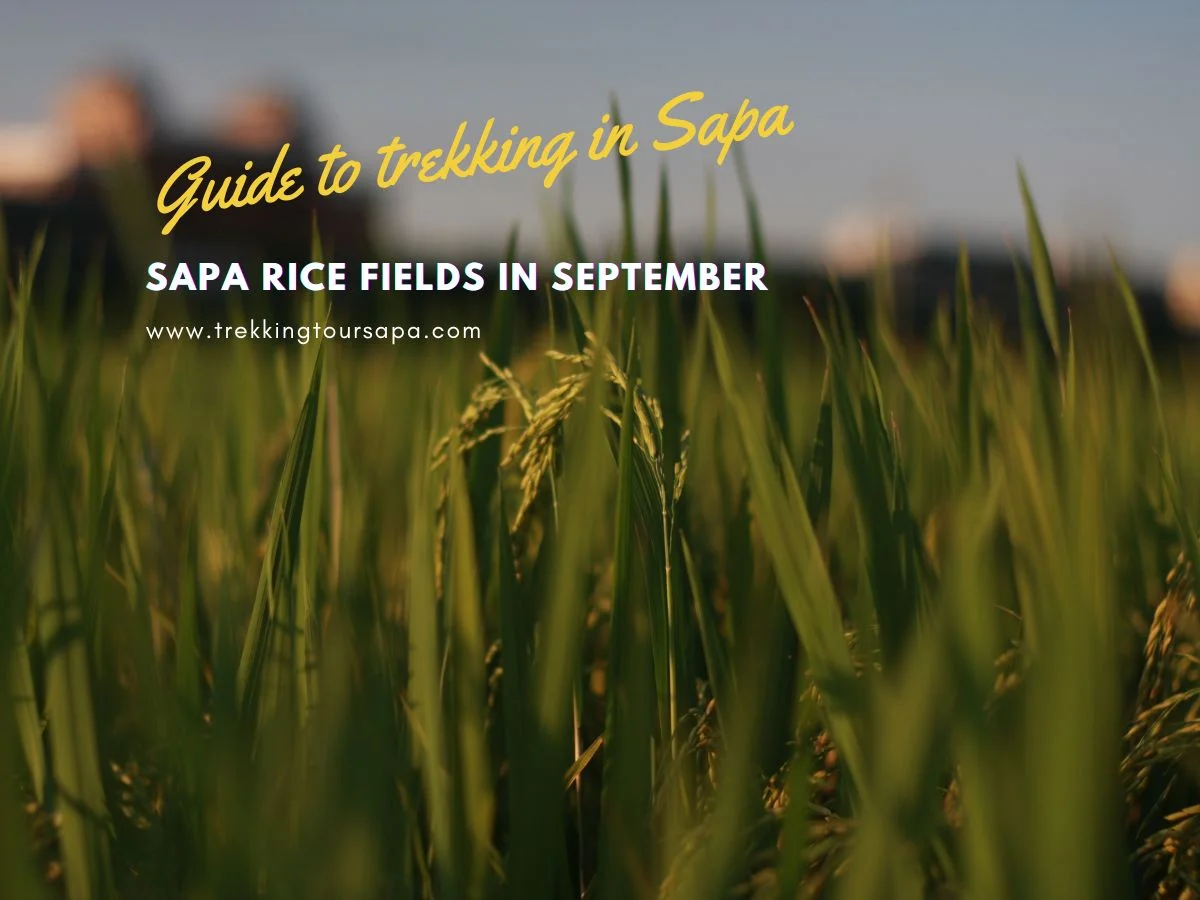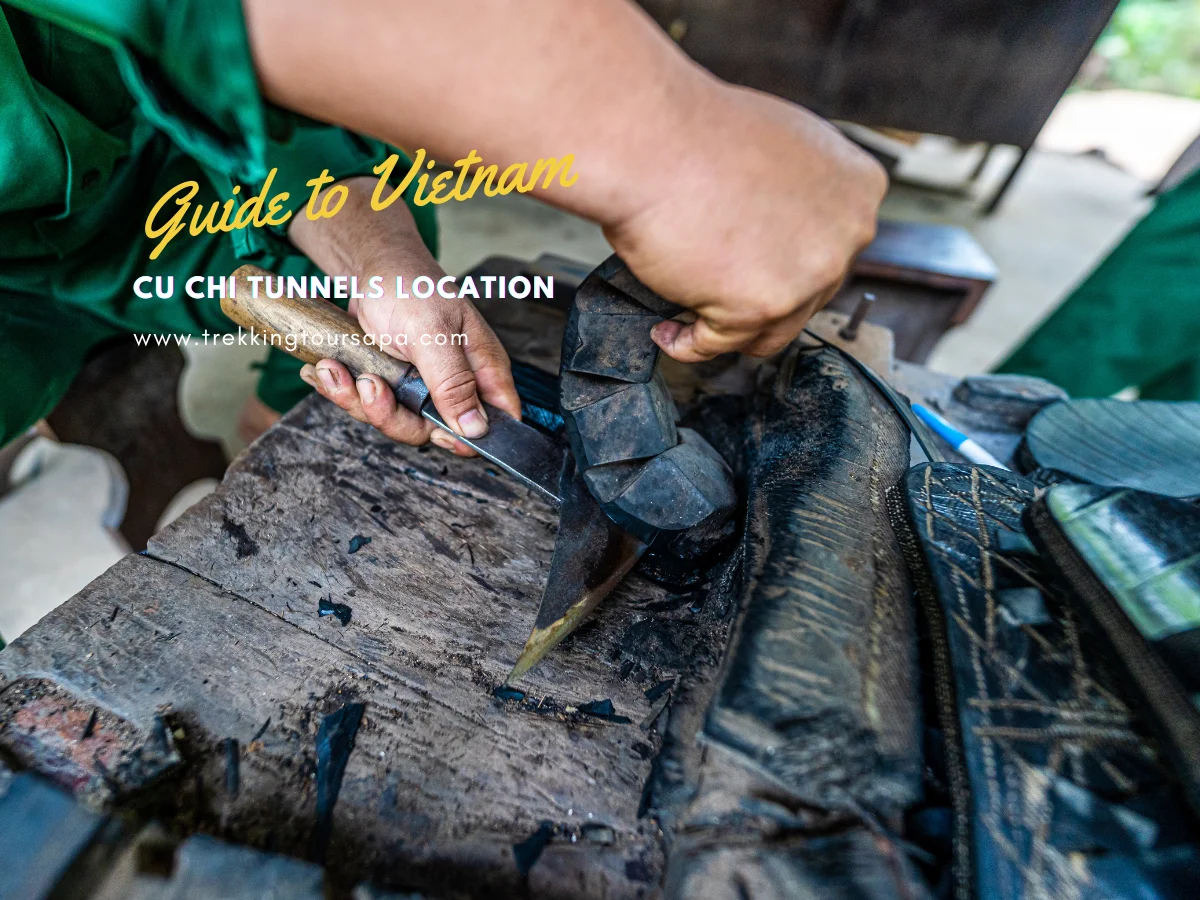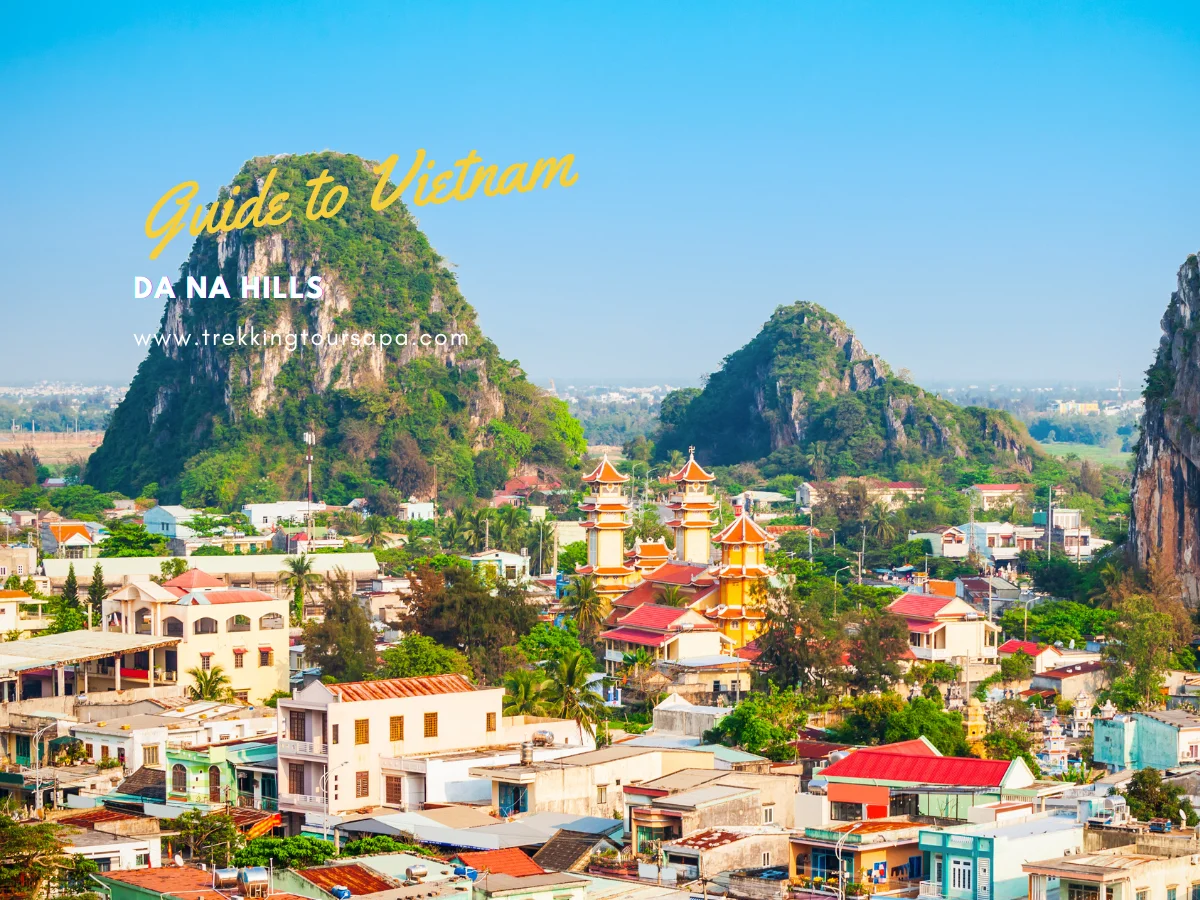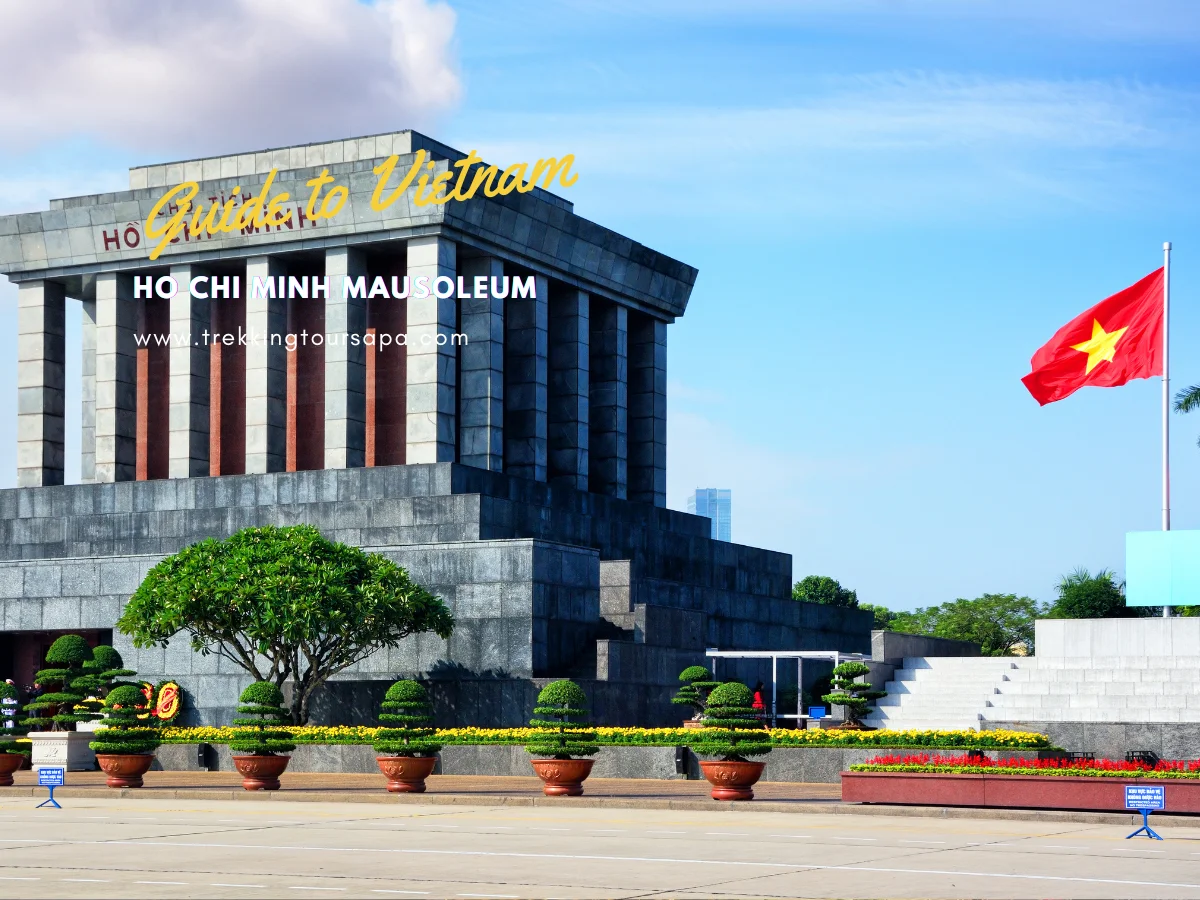Are you looking for an escape from the hustle and bustle of city life? If so, consider visiting the Sapa rice fields in September. This stunning region, located in northern Vietnam, is home to some of the most breathtaking scenery you’ll ever see.
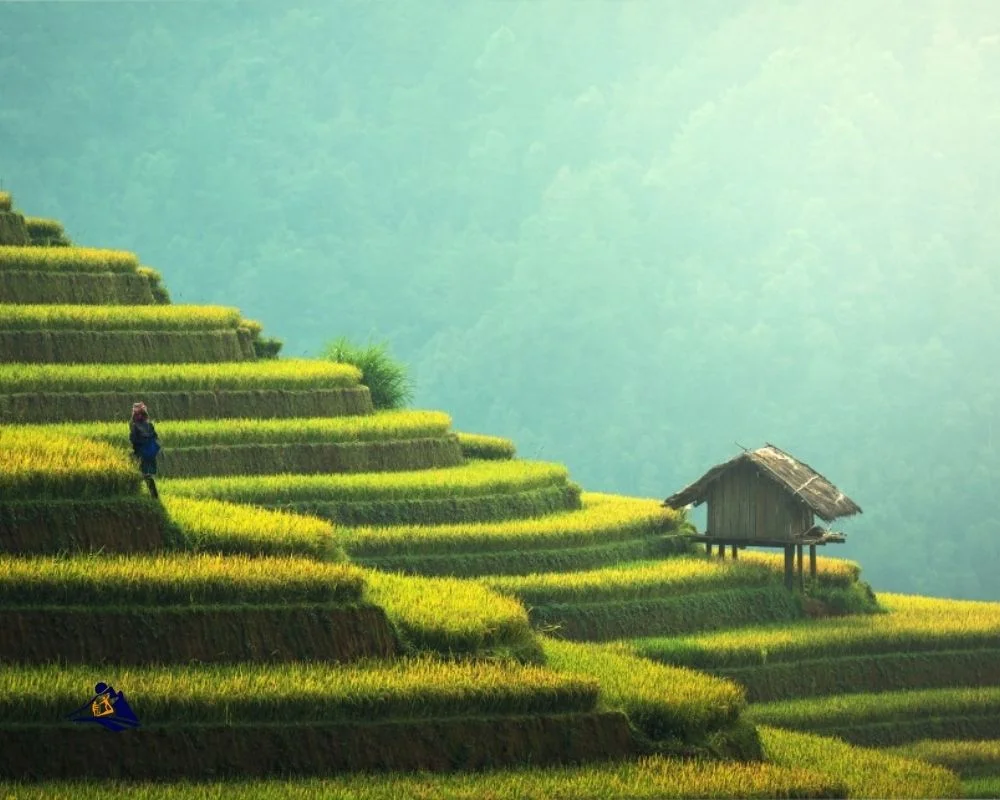
As you make your way through the lush green terraced rice fields that stretch out before you, it’s hard not to feel a sense of freedom and peace. The Hmong people who live in this area have been cultivating rice here for generations, using unique agricultural techniques that are truly fascinating to witness firsthand. Whether you’re a nature lover or simply seeking a break from your daily routine, a visit to the Sapa rice fields in September is an experience that will stay with you for a lifetime.
Table of Contents
ToggleIntroduction to the Sapa Rice Fields
You’re standing in the midst of a breathtaking landscape, surrounded by endless green hills that stretch as far as the eye can see. Welcome to Sapa, a small town located in the northwest region of Vietnam. This town is known for its stunning rice terraces that have been around for centuries, and it’s also home to several ethnic minority groups.
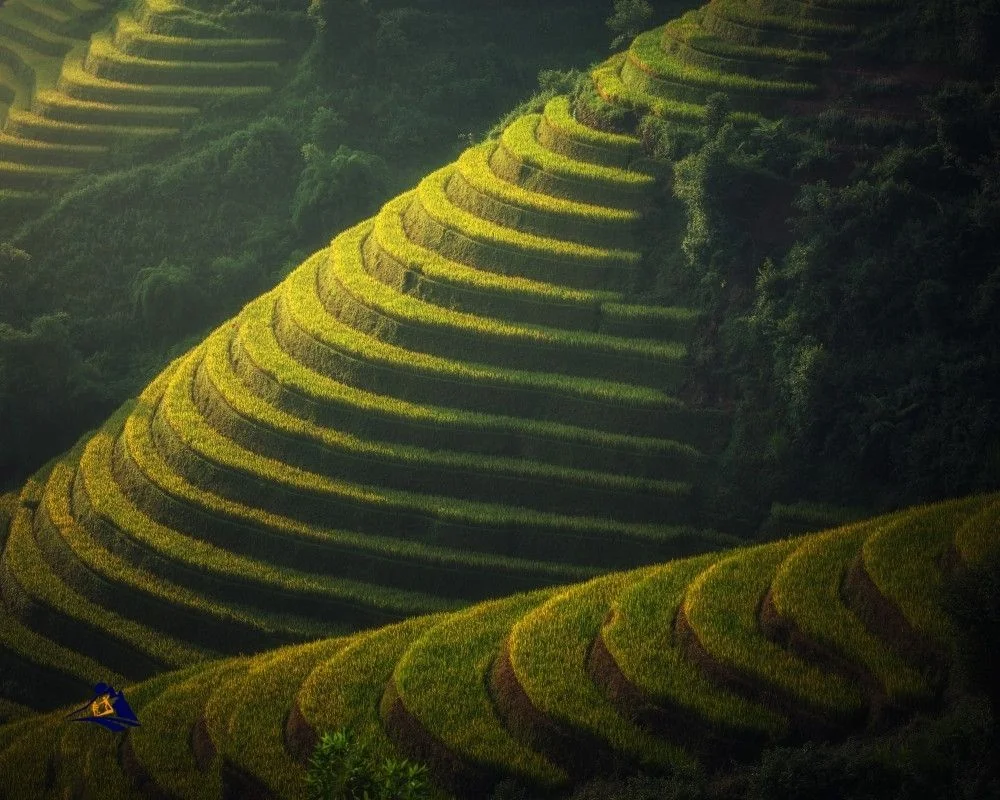
Sapa has a rich history that dates back to the French colonial period when they discovered this hidden gem. Since then, Sapa has become a popular tourist destination because of its unique culture and beautiful scenery. The local cuisine here is also something you don’t want to miss out on! From traditional dishes like thang co (a soup made with horse meat) to more modern Vietnamese cuisine, there’s something for everyone. And if you’re feeling adventurous, try some of the locally brewed rice wine – just be careful not to overdo it! Now let’s talk about why September is the best time to visit Sapa…
Why September is the Best Time to Visit
If you’re planning a visit to the Sapa Rice Fields, September is the perfect time to go. The weather and climate during this month are pleasant and comfortable, making for a more enjoyable experience. Additionally, the rice fields are in their prime during September, with lush greenery and stunning views that will take your breath away.
Weather and Climate
As you look out over the vast expanse of green, you can feel the air heavy with moisture, hinting at the unpredictable weather patterns that make this region so unique. Climate change has brought about extreme weather events, making it difficult to predict what September will bring to the sapa rice fields. However, despite these challenges, September remains a popular time to visit as the rain brings life back into the paddies after a long dry season.
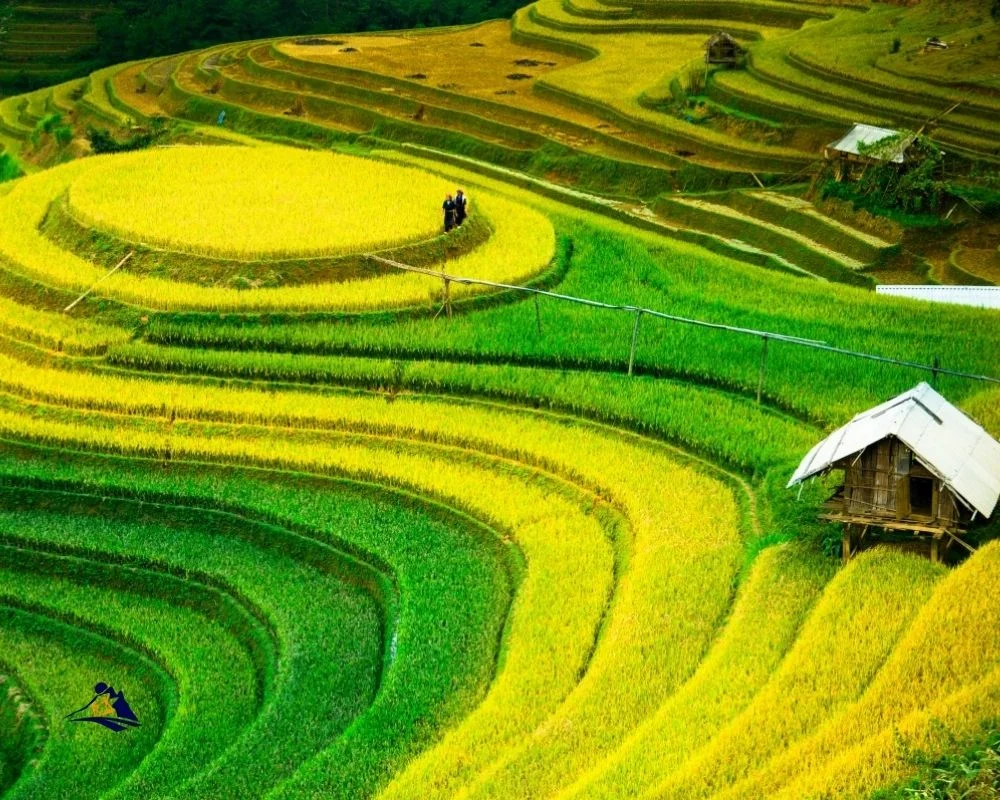
The temperature in Sapa during September averages around 20°C during daytime and drops down to 15°C at night. The cool breeze is refreshing during the day but can be chilly at night, so be sure to pack layers if you plan on staying for an extended period. Overall, while there may be some unpredictability in terms of weather and climate during September in Sapa, it is still one of the best times to witness firsthand how nature transforms these landscapes into vibrant displays of color and life – truly showcasing rice fields in their prime.
Rice Fields in their Prime
Don’t miss out on witnessing the stunning transformation of nature as the paddies come to life with vibrant colors and energy, showcasing their prime state during the harvest season in September. The rice fields are a sight to behold, with lush green stalks standing tall and golden grains ready for harvesting. It’s a perfect time for landscape photography enthusiasts to capture the breathtaking beauty of Sapa’s rice fields.

As you walk through the fields, you’ll feel a sense of tranquility that comes from being surrounded by such natural beauty. You’ll be able to witness firsthand how much care and effort goes into cultivating these paddies and bringing them to their prime state. Take your time exploring every inch of this magical place before moving on to discovering even more about the beauty of Sapa’s rice fields.
The Beauty of the Sapa Rice Fields
You can’t help but be captivated by the stunning scenery of the changing landscape, as nature’s palette paints a breathtaking picture before your eyes. The Sapa rice fields in September are a sight to behold, with vibrant hues of green and yellow stretching out as far as the eye can see. As you take in the beauty around you, consider these three things:
- Photography tips: With such stunning scenery, capturing the perfect shot is essential. Take advantage of golden hour lighting for warm and soft tones that will make your photos pop.
- Ecotourism initiatives: As more people flock to witness the beauty of the Sapa rice fields, it’s important to support sustainable tourism efforts that prioritize environmental conservation and community development.
- Sustainable farming practices: The Hmong people have been cultivating these fields using traditional techniques for centuries, creating a balance between human intervention and nature’s cycles.

As you continue your journey through this lush landscape, take note of how every aspect of life here revolves around agriculture – from daily routines to cultural traditions. It’s fascinating to observe how the Hmong people have adapted their agricultural practices over time to create a thriving ecosystem that benefits both humans and nature alike.
The Unique Agricultural Techniques of the Hmong People
Discover the fascinating techniques used by the Hmong people to cultivate a thriving ecosystem in their agricultural practices. The Hmong farming techniques are based on sustainable agriculture, which involves planting crops that complement each other and enhance soil fertility. They also use traditional irrigation systems that capture rainwater and distribute it evenly across the rice fields.

One of the most unique aspects of Hmong farming is their terraced rice fields. By carving out terraces into the steep mountainsides, they create a series of flat steps where they can grow rice. This not only maximizes space but also helps prevent soil erosion and conserves water. Additionally, they practice crop rotation, allowing different plants to replenish nutrients in the soil while reducing the risk of pests and diseases.
As you explore these awe-inspiring landscapes, you’ll have plenty of opportunities to witness these sustainable agricultural practices firsthand. But there’s more to Sapa than just its stunning natural beauty and intricate farming techniques – stay tuned for our next section on cultural activities and attractions in Sapa!
Cultural Activities and Attractions in Sapa
If you’re looking for adventure, Sapa has got you covered with its numerous hiking and trekking opportunities. You can explore the lush greenery of rice terraces and valleys while experiencing the local culture firsthand. Don’t forget to visit the colorful local markets where you can find unique handicrafts made by skilled artisans.
Hiking and Trekking Opportunities
Take the twisting trails through the towering trees for a truly thrilling trekking experience in Sapa. The hiking routes in this region cater to all levels of ability, from leisurely strolls through rice terraces to challenging ascents up steep mountain paths. Local guides are available to lead you on your journey, providing valuable insights into the landscape and culture of this fascinating area.
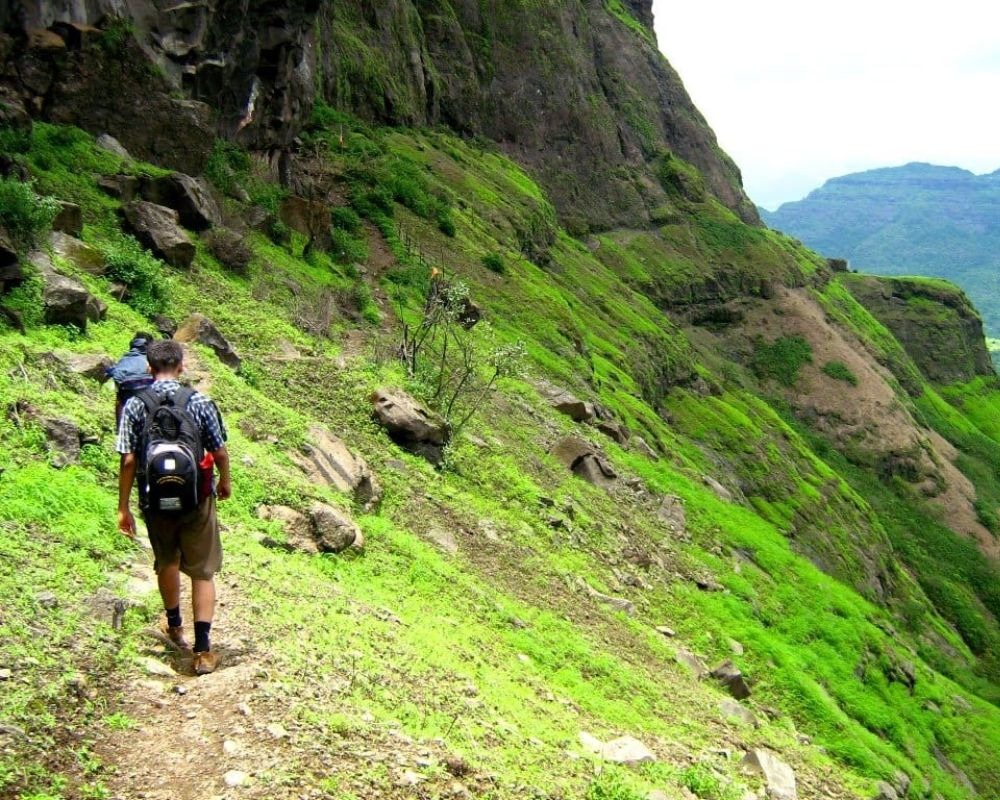
As you hike through the lush forests and terraced rice fields, you’ll feel a sense of liberation and escape from everyday life. The fresh air, stunning scenery, and physical exertion all contribute to a feeling of freedom that is hard to find elsewhere. And when you reach your destination – whether it’s a remote village nestled in the mountains or a hidden waterfall cascading down mossy rocks – you’ll be rewarded with an unforgettable experience that will stay with you long after you leave Sapa. Speaking of leaving Sapa, let’s explore the local markets and handicrafts next.
Local Markets and Handicrafts
Now that you’ve explored the beautiful hiking and trekking opportunities in the Sapa rice fields, it’s time to immerse yourself in the local culture. One of the best ways to do this is by visiting the various markets and shops in the area. You’ll find an array of handicraft souvenirs, including handwoven textiles, bamboo baskets, and traditional clothing made by local artisans. Not only will these items make for great gifts or keepsakes, but purchasing them also helps support the community.
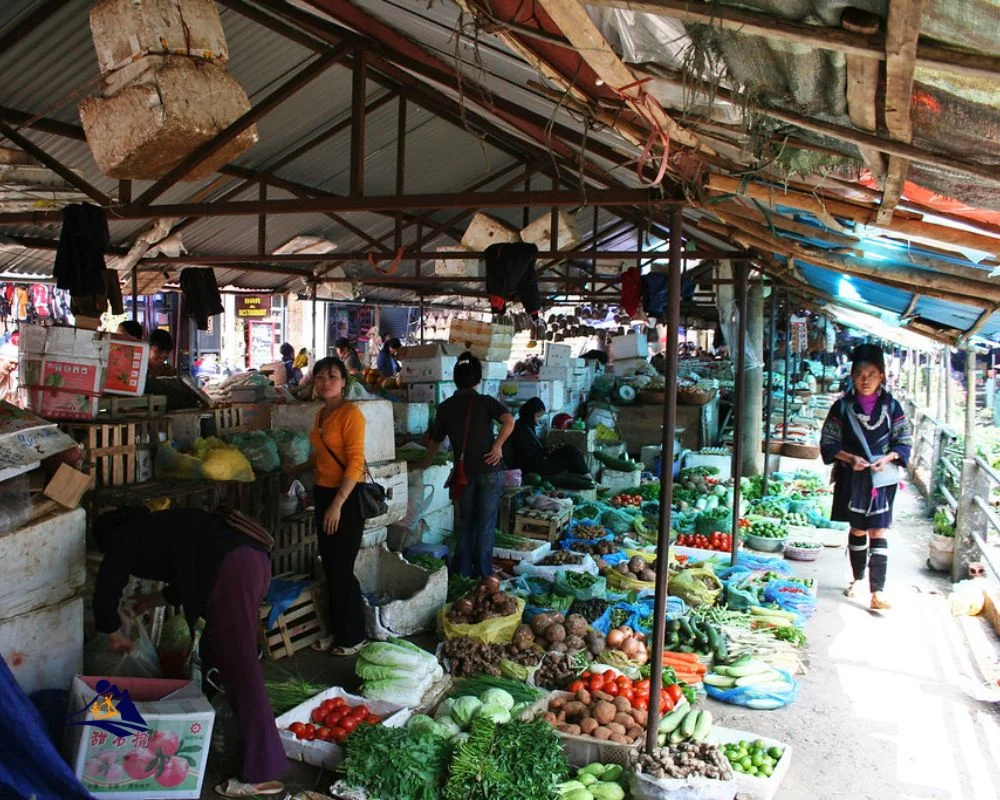
But it’s not just about shopping – be sure to indulge in some of the delicious local delicacies as well. From savory pho noodle soup to sweet sticky rice cakes, there are plenty of flavors to discover. And don’t forget to try some locally grown tea while you’re at it! Taking a break from your outdoor adventures to explore these cultural offerings is an essential part of any trip to Sapa.
As you wrap up your exploration of Sapa’s markets and cuisine, it’s time to start thinking about accommodations and transportation options for continuing your journey through Vietnam.
Accommodations and Transportation Options
When you’re planning your trip to Sapa, it’s important to consider where you’ll be staying and how you’ll get there. There are a variety of hotels and guesthouses to choose from, ranging from budget-friendly options to more luxurious accommodations. Additionally, transportation options include trains, buses, and private cars depending on your preference and budget.
Hotels and Guesthouses
You’ll find a cozy place to stay and relax after a day of exploring the breathtaking natural beauty surrounding you. Sapa has a variety of hotels and guesthouses that cater to different budgets and preferences. If you’re looking for luxurious accommodations, there are several high-end hotels that offer amenities such as spa treatments, fitness centers, and gourmet dining options. For those who prefer alternative lodging, there are homestays where you can experience the local culture firsthand by staying with a family in their traditional house.
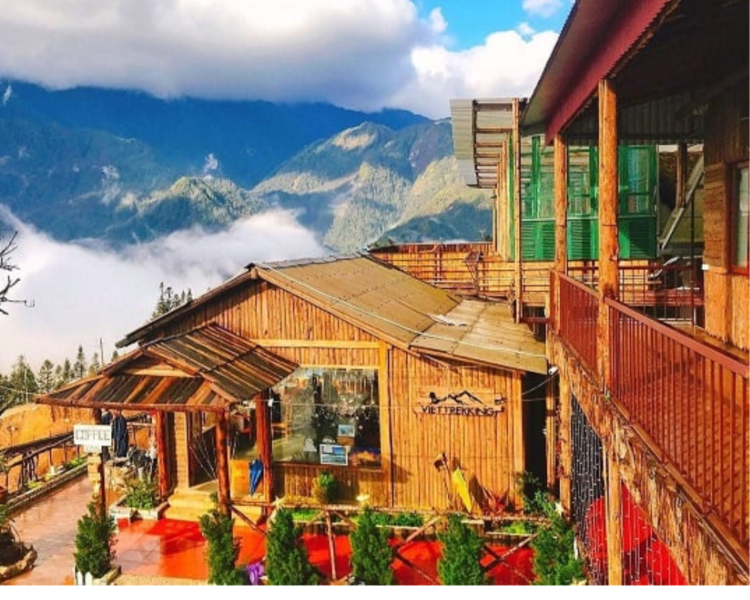
No matter where you decide to stay, you’ll be surrounded by stunning views of rice terraces and mountains. Many accommodations also offer guided tours or transportation services to explore the area further. As for getting to Sapa, there are several options available depending on your location and budget.
Getting to Sapa
To reach this picturesque mountain town, hop on a winding road that takes you through lush green forests and misty peaks. The journey to Sapa may take longer than expected due to the terrain, but it’s worth it for the stunning views along the way. Here are some tips to help you get around once you’ve arrived:
- Walk around – Sapa is a small town with most attractions within walking distance from each other.
- Rent a motorbike – For those who want to explore further out into the rice terraces or nearby villages, renting a motorbike can be an adventurous option.
- Hire a local guide – To gain insight into the culture and traditions of the ethnic minority groups in Sapa, hiring a local guide is highly recommended.
- Take public transportation – Public transportation such as buses or taxis are readily available for those who prefer not to walk or drive.
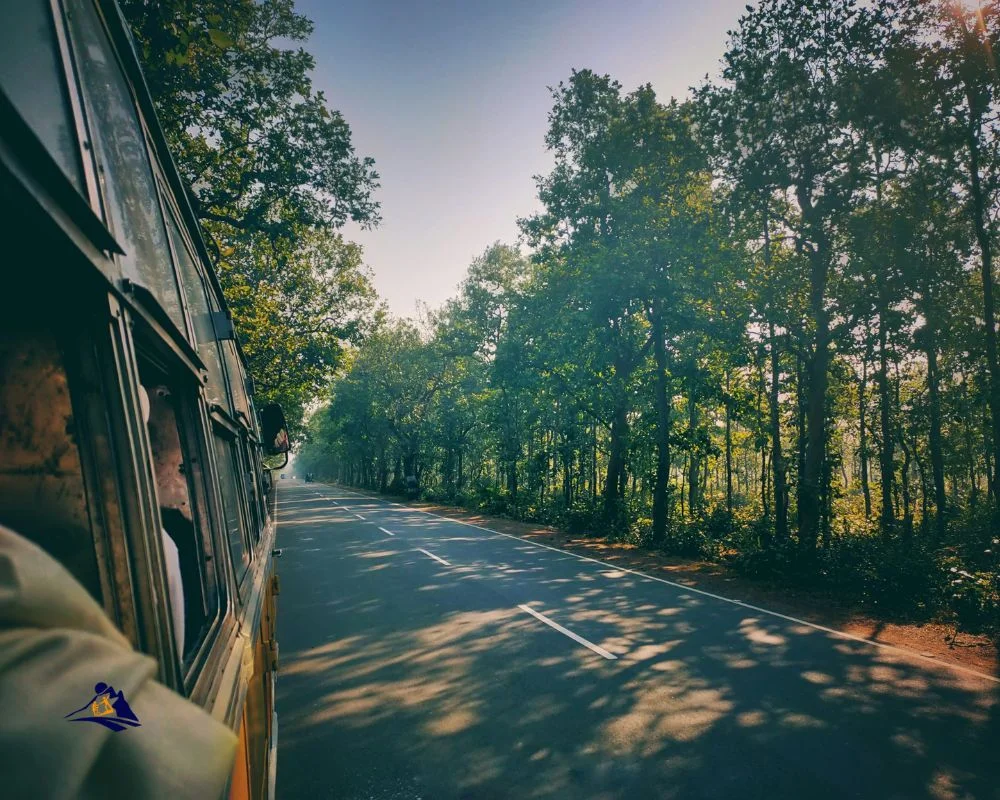
One of the best parts about traveling is experiencing local cuisine. In Sapa, there are plenty of restaurants and street food vendors offering traditional dishes such as thang co (horse meat soup), grilled pork skewers with sticky rice, and banh mi (Vietnamese sandwich). Don’t forget to try some of the locally grown produce like corn wine or black mushrooms.
As responsible tourism and sustainable travel become increasingly important issues, it’s crucial for travelers to be mindful of their impact on the environment and local community when visiting new destinations.
Responsible Tourism and Sustainable Travel
If you’re looking for ways to travel more responsibly and sustainably, our tips will help you plan a trip that’s hip and eco-friendly. When visiting the Sapa rice fields in September, it’s important to be mindful of your impact on the environment and local community. By minimizing your impact and getting involved with the community, you can make a positive difference while enjoying this beautiful destination.

To minimize your impact, consider staying at eco-friendly accommodations that prioritize sustainability. Look for hotels or homestays that use renewable energy sources, have recycling programs, and conserve water. Additionally, try to reduce your waste by bringing reusable water bottles and bags instead of using single-use plastics. When exploring the rice fields, stick to designated trails and avoid damaging the crops or disrupting local wildlife habitats. You can also support responsible tourism by choosing tour operators that prioritize sustainability practices and respect local cultures.
| Tips for Minimizing Impact | Ways to Get Involved with the Community |
|---|---|
| Choose eco-friendly accommodations | Support locally owned businesses |
| Reduce waste by bringing reusable items | Participate in cultural activities |
| Stick to designated trails when exploring | Learn about traditional customs from locals |
By being a responsible traveler during your visit to Sapa rice fields in September, you can ensure that this beautiful destination is preserved for future generations. Now that you know how to minimize your impact and get involved with the community, it’s time to start planning your trip!
Tips for Planning Your Trip to the Sapa Rice Fields in September
If you’re planning a trip to the Sapa Rice Fields in September, there are a few key things to keep in mind. Firstly, it’s important to make your bookings and reservations early on, as this is a popular time of year for tourists. Additionally, packing and preparation are crucial – be sure to bring appropriate clothing and gear for hiking and exploring the terrain.
Booking and Reservations
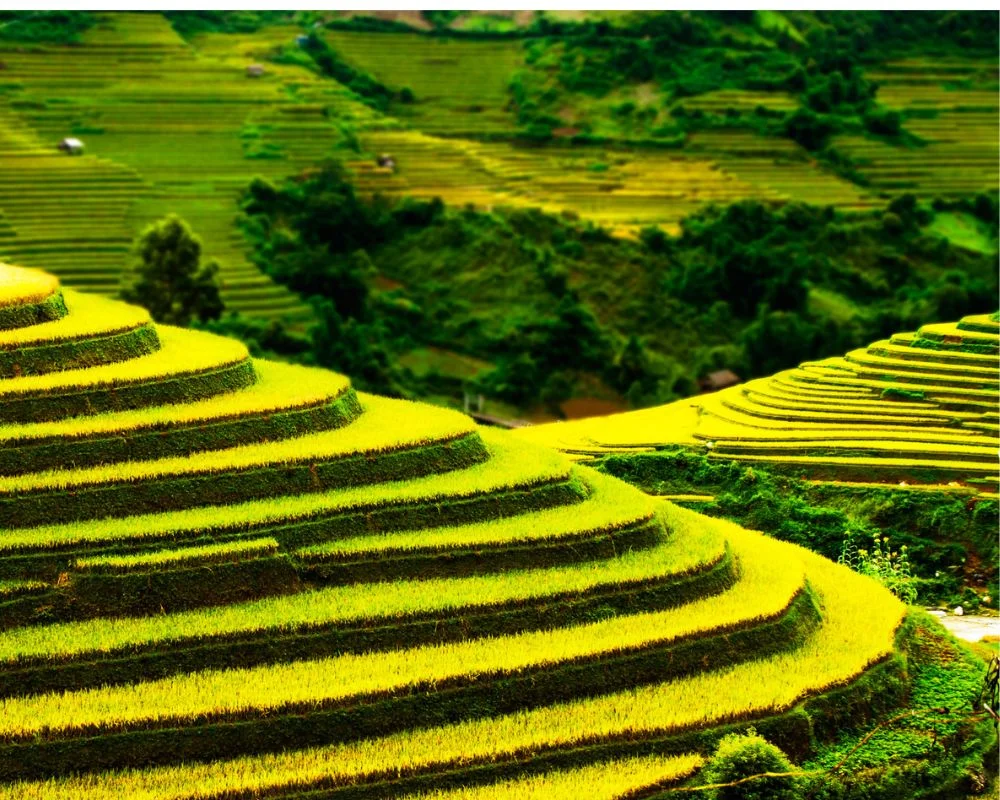
Get ready to secure your spot and experience the magic of visiting the Sapa Rice Fields in September by making a reservation today. With its stunning natural beauty, this destination is popular not only among locals but also foreign tourists. To help you get started on booking your trip to Sapa, here are some tips:
- Research online resources: There are many websites that offer information about the best places to stay in Sapa as well as tours and activities you can do during your visit. Take advantage of these resources to find budget-friendly options that fit your needs.
- Book early: September is peak season so it’s important to book early to ensure availability and avoid higher prices. Some accommodations even offer early bird discounts for bookings made months in advance.
- Check cancellation policies: Make sure you understand the cancellation policy of any accommodation or tour you book in case changes need to be made later on.
- Consider package deals: Some travel agencies offer package deals that include transportation, accommodations, and tours all in one price. This can save time and money compared to booking everything separately.
Now that you’ve booked your trip, it’s time to start thinking about packing and preparation for your adventure!
Packing and Preparation
It’s time to start prepping and packing for the breathtaking journey ahead. The Sapa rice fields in September offer some of the most spectacular views you’ll ever see, but you need to be prepared. First and foremost, make sure you have all your essential gear packed: sturdy hiking shoes, a rain jacket, a hat to protect you from the sun, and a backpack with plenty of water and snacks. You’ll also want to bring comfortable clothes that can handle both cool mornings and hot afternoons.

In addition to packing your gear, don’t forget about travel insurance. While Sapa is generally safe for tourists, it’s always better to be safe than sorry. Make sure you have comprehensive travel insurance that covers medical emergencies as well as lost or stolen belongings. With these preparations taken care of, you can rest assured that your trip will go smoothly so that you can fully enjoy the beauty of the Sapa rice fields in September without any worries weighing on your mind.
Sapa Rice Fields In September Frequently Asked Questions
What is the history of the Hmong people and their agricultural practices in the Sapa Rice Fields?
Do you know that the Hmong people have been practicing terrace farming techniques for over 400 years? This is a testament to their deep-rooted customs and traditions in agriculture. The Hmong are known for their resourcefulness and ingenuity in adapting to their mountainous terrain, which led them to develop unique farming methods like terrace farming. They use this method to cultivate rice paddies on steep slopes, turning unproductive land into fertile fields. Their hard work and dedication also resulted in the preservation of the environment by implementing sustainable practices. The Hmong’s agricultural practices continue to inspire many today, showcasing how innovation can be born out of necessity while preserving cultural heritage at the same time.
Are there any endangered species that can be found in the Sapa Rice Fields in September?
If you’re interested in ecotourism and exploring the natural world, it’s worth noting that there are a number of endangered species that can be found in various locations around the world. Some of these species are threatened due to habitat loss or other environmental factors, while others face challenges such as poaching or climate change. When it comes to the Sapa rice fields specifically, there are several endangered species that may be present. These could include birds like the Chinese Crested Tern or reptiles like the Chinese Alligator. By taking steps to protect these animals and their habitats, we can help ensure that they continue to thrive for generations to come.
How has climate change impacted the Sapa Rice Fields and the Hmong people’s way of life?
You may not be aware of it, but climate change has had a profound impact on the lives of the Hmong people who call the Sapa rice fields home. The changing weather patterns have caused droughts and floods that disrupt the delicate balance necessary for successful rice cultivation. This has forced the Hmong to adapt their cultural practices in order to survive. Despite these challenges, the Hmong have proven resilient and innovative, developing new techniques for farming and conservation that help them maintain their traditional way of life while mitigating the effects of climate change. Through their resilience, they offer a powerful reminder that even in times of great adversity, we can find ways to adapt and thrive.
What traditional foods and beverages can visitors try during their trip to the Sapa Rice Fields in September?
If you’re looking for an authentic cultural experience, exploring local cuisine is a must-do activity. The Sapa region offers visitors a unique opportunity to try traditional foods and beverages that are not found anywhere else in the world. From sticky rice to corn wine, there’s something for everyone. You’ll be able to taste dishes that have been passed down through generations of Hmong people, and learn about the history behind each recipe. Not only will you satisfy your hunger, but you’ll also gain a deeper understanding of the culture and way of life in this region. So why not let your taste buds lead the way on your next adventure?
Can visitors participate in any local festivals or ceremonies during their visit to the Sapa Rice Fields in September?
If you’re looking to immerse yourself in the local traditions and cultural events during your visit to the region, September is a great time to do so. The Sapa area is home to several ethnic minority groups, each with their own unique customs and festivals. You may have the opportunity to witness traditional dances, music performances, or even participate in ceremonies such as weddings or funerals. Keep an eye out for local markets where you can sample traditional foods and beverages while mingling with locals. Whether it’s joining in on a village celebration or simply observing from afar, there are plenty of ways to experience the rich cultural heritage of this area during your trip.
Conclusion
Congratulations! You are now equipped with all the information you need to plan your trip to the Sapa Rice Fields in September. With its breathtaking views, unique agricultural techniques, and rich cultural experiences, it’s no wonder that this destination has become increasingly popular among travelers.
Did you know that according to recent statistics, tourism in Sapa has grown by over 20% in the last five years? This shows just how much people are drawn to the beauty and culture of this region. As you plan your trip, remember to be a responsible traveler and support sustainable tourism practices. Choose eco-friendly accommodations, respect local customs and traditions, and minimize your impact on the environment.
In conclusion, visiting the Sapa Rice Fields in September is an experience like no other. From hiking through stunning landscapes to learning about traditional farming techniques from local Hmong people, there’s something for everyone here. So pack your bags, grab your camera, and get ready for an unforgettable adventure!
